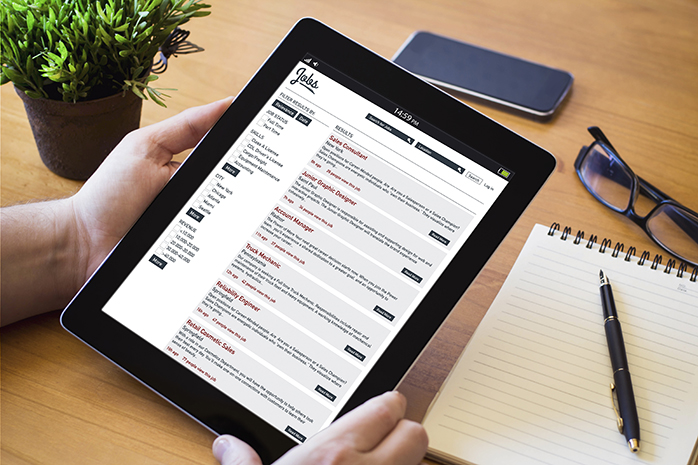
By Anthony Kaylin, courtesy SBAM Approved Partner ASE
The future of recruiting is changing rapidly. With a labor market that is tight, recruiting dollars are being reviewed as to the return on investment (ROI). The traditional recruitment model is coming to an end. Online consumer marketing techniques are coming to the forefront of recruiting. Instead of the shotgun approach of job boards, programmatic job advertising is a focused approach to specific job seekers. Using programmatic consumer advertising principles and tools, recruitment can now be highly targeted to specific candidates.
Programmatic job advertising works this way: instead of placing ads for products and services, technology is deployed to automate the buying and placement of job openings through networks of job-related websites on a performance-based model (such as pay-per-click or pay-per-applicant) – think Google Adwords. It uses algorithms to find out where the target audience ‘resides’ online and places ads in front of them at the right place and at the right time. Appcast and Pandologic are two major players in this arena.
It is easy for recruiters to do. First, the recruiter reviews the position being filled and identifies the ideal candidate profile. Next the recruiter imports the job from the applicant tracking system (ATS) or job page. If there is no ATS, then it is uploaded with programmatic job advertiser (PGA) software. Then the recruiter sets the pay-per-click or application/resume.
Understanding the ideal profile of a job applicant for the position, the recruiter instructs the PGA software as to the business objectives, such as demographics of the target applicant, number of applies they want for a particular job or job group, and budget. Finally, the recruiter hits the “buy” button, and the programmatic software takes care of the rest.
Job postings are then placed on specific job boards or job-related websites such as industry magazines, etc. that allow for precision targeting of candidates. It continually learns and can find new locations to place the job to ensure ideal applicant flow. Instead of performing monthly or quarterly reviews of spending, this approach allows instantaneous review of expenditure effectiveness. Further, the automated processes will reduce time for ad-buying operations, and recruiters are freed up to focus on creative and value-added activities.
To give an idea how this works, the recruiter sets the stage for recruitment of a mechanical engineer, focusing on the Detroit market. The job may be posted on Glassdoor. If the mechanical engineer posting in Detroit has less than 10 applicants, the program can increase the bid to $2.50 per click. If a job is posted in an online engineering magazine and has 30 applicants, it could stop advertising. If any of the postings have a conversion rate of less than 5%, then the bid could be decreased or stopped and advertising and money will be spent on other more effective sites.
Programmatic job advertising has many positives. For example, it could eliminate bias in recruitment; the platform is looking for skill matches only and no other parameters are considered. Other positives include not having to manage multiple job vendors, consolidating input from a variety of sources, and not wasting money on sites that don’t give results. Finally, programmatic job advertising technology can help employers easily optimize their spend and the results of their recruitment budgets by using real-time, job-level performance data and instantaneously change direction of focus and spend. It provides small HR recruitment departments with the platform and ability to cost effectively compete with the larger employers that have more resources.